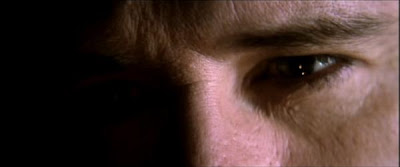blog in prog... unedited 1st draft:
Trial and error and happy accidents...
I have always found inspiration in film and focusing on visual research throughout the PGC phase, I had the good fortune of having a personal tutor with good taste in film who frequently uses film references in our meetings to communicate ideas. Visual research has made me look under the skin of visual narrative techniques; to break them apart and reconstruct them in my own practice through illustration. I am interested in developing a mixed media project, exploring visual storytelling techniques for both print and screen based contexts.
Using visual beats to communicate the narrative was something that my old sketchbooks contained... the PGC research phase has put these scribbled sketches into focus. The design process project was for me the most important part of the PGC phase as it took me away from the computer and forced me to create a conceptual storyboard that would get immediate feedback from an international class of peers.
Telling a story visually forced me to see the flaws in the storytelling in my artwork and alter it to make it more readable to the audience. To explore visual storytelling further and got hold of a copy of a
Gnomon Workshop DVD by Ian McCaig entitled '
Visual Storytelling'. In the workshop, he presents his own work in progress with a voice-over narration using simple art tools (pencil and paper) to illustrate his own twisted sci-fi take on
'The Little Mermaid'.
 Above: screenshots of Ian McCaig in action
Above: screenshots of Ian McCaig in action
McCaig creates illustrations that tell the story in visual beats and constructs a sequence that communicates the story using character, composition and tone to convey meaning. Discussing the workshop with my tutor, Simon Perkins, at the second group tutorial, I found that I had stumbled in the right direction. Beat-scripts have been a tool used by Simon to construct his own narratives in film and in the group setting, being able to bounce ideas around, the idea of using different perceptions and points-of-view of an event to create a visual narrative was explored... the tutorials helped with the development of the learning agreement and using limitations to find creative visual solutions. Starting the narrative 'in medias res' (in the middle of the story) will allow me to disguise the motivations of the central character and by also using an unreliable narrator I hope to produce work that will stand up to repeated viewings.
http://www.thegnomonworkshop.com/store/product/157/

















